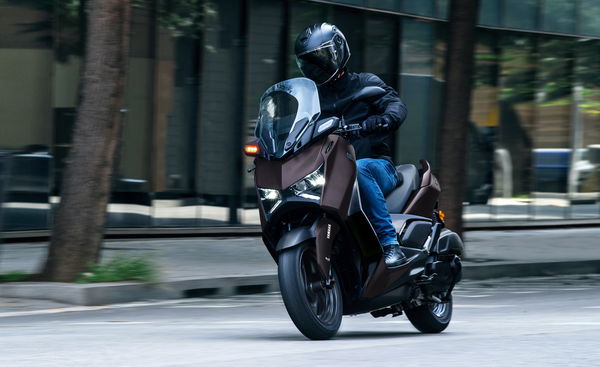Top ten things you might not have known about BSA...
With BSA being confirmed as making a comeback, we thought we'd provide you with some pub trivia... for when the pubs actually open!
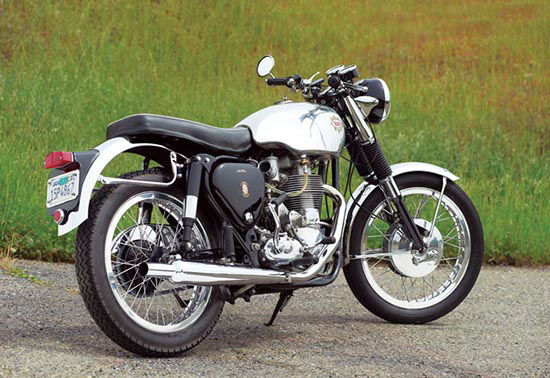
WITH the recently announced rebirth of historic British biking brand BSA, albeit now under Indian Mahindra ownership, we decided to take a trip down memory lane to unearth some trivia and interesting facts about what was once the biggest motorcycle manufacturer in the world.
After all, we all know about bikes like the BSA Bantam and Rocket 3 and love historic names such as the Fury, Lightning and Spitfire. But what about lesser-known machines like the Beagle, stupid names like the Beaver and the Beckham-esque shenanigans of ‘50s BSA boss Lord and Lady Docker? And what’s all this BSA ‘gun’ thing about, anyway?
We decided to find out. So here, in no particular order are some of the things we think you REALLY should know about BSA…
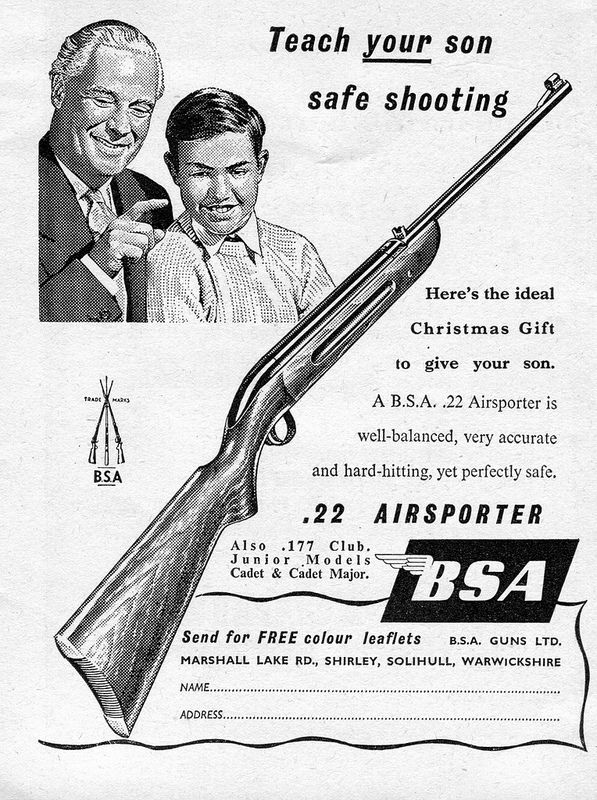
Gun money
Yes, let’s get the most obvious one out of the way first. BSA’s origins, as evident from its full name of ‘Birmingham Small Arms’, was originally all about weaponry. They were bloody good at it, too… BSA started out as a loose alliance of craftsmen in the Coventry area who teamed up to produce rifles for the British army during the Crimean War (1854-56) in the days when firearms were painstakingly handcrafted by artisans. By so doing they could invest in modern mechanised production techniques and benefit from the economies of scale they brought. Their initial success was quickly followed up in 1863 with an order for 20,000 Turkish infantry rifles and the rest, as they say, is history…

The move into bikes…
Bicycles, that is. Although weapons were lucrative, demand was volatile so, to broaden its business base, BSA branched out into bicycle manufacture in 1880 after realizing that its factory and skills, largely tubular steel fabrication, proved very suitable for the manufacture of cycle parts. This in turn led to the first BSA motorcycle in 1905 and first BSA car in 1907. Unusually, however, BSA stuck with bicycles. Post-WW2 BSAs were among the world’s best sports bicycles and its pro racing team won the Tour of Britain in 1952. In 1953 BSA Cycles Ltd. was separated from the motorcycle business and was sold to Raleigh in 1957.
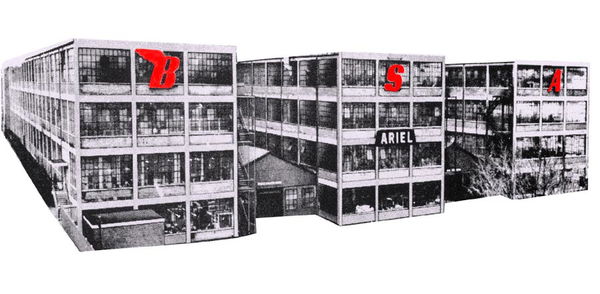
It built its own street
In the early 1900s BSA was growing so fast it needed a new factory. Accordingly, it bought 25 acres of land in Small Heath, Birmingham, built a pioneering, three-storey factory in 1915-16 using the new ‘Truscon’ reinforced concrete technique and served it by a new road it named Armoury Road. In the 1950s it was the largest motorcycle factory in the world. Following BSA’s collapse in the 1970s most of this has now been demolished although three blocks remain which are believed to be among the oldest of its type in the UK. Despite applications it has not been awarded listed building status and its future is uncertain. The remainder of Armoury Road is now a non-descript industrial estate. New BSA owners Mahindra has said it hopes to build its new assembly plant nearby.
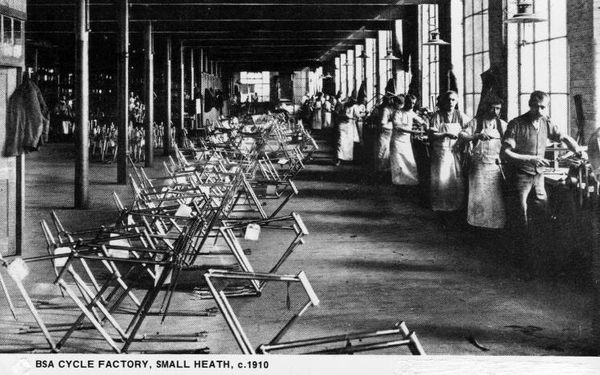
Wartime numbers
The scale of BSA as an arms manufacturer, particularly during the two world wars, cannot be overstated. In The Great War, not only did BSA sell lots of motorcycles to the British Army and others but by war's end, were producing 10,000 Lee-Enfield .303 rifles a week! It also built 145,000 Lewis guns. In WW2 it was the chief manufacturer of the Browning machine guns used in the likes of the Hurricane and Spitfire, producing 16,390 per month by March 1942. During the course of the conflict it also produced 1,250,000 Lee–Enfield .303 service rifles, 404,383 Sten sub-machine guns, 42,532 Hispano cannon… the list goes on…
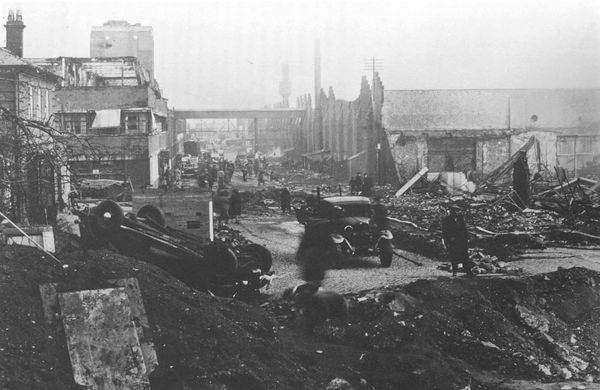
The Germans bombed it
Unsurprisingly so, given BSA’s wartime armaments production. The Small Heath factory was bomber by the Luftwaffe on 26 August 1940. While two further air raids took place on 19 and 22 November 1940.
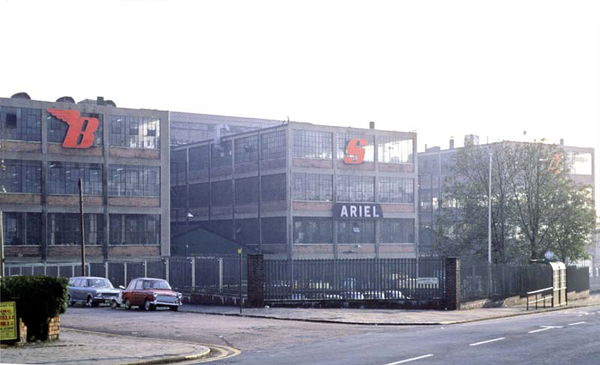
It was HUGE
Although BSA motorcycles was already, by 1940, large, a series of purchases and mergers soon after quickly resulted in it becoming the biggest producer of motorcycles in the world. In 1943 BSA bought the Sunbeam motorcycles and bicycle business from Associated Motor Cycles Ltd then added Ariel in 1944. It bought New Hudson in 1950 and followed this up in 1951 with the purchase of Triumph.
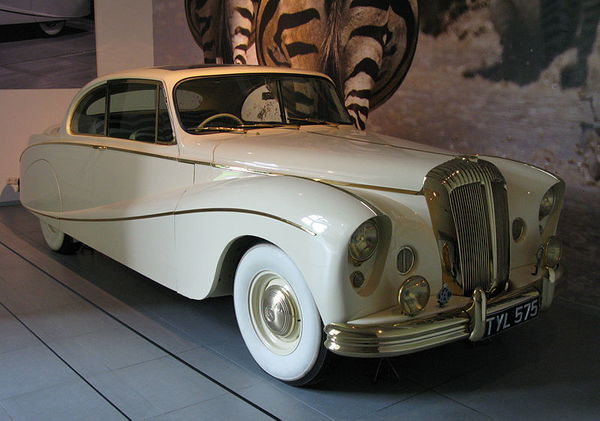
Chairman controversy
The managing director of BSA from the early 1940s up to his removal in 1956 was Sir Bernard Docker who, with second wife Lady Norah, became known as ‘The Dazzling Dockers’, infamously led a life so extravagant it would today shame the Beckhams and led directly to his removal. With BSA also owning Daimler he had the car company build a series of five ultra-luxurious cars with gold-plated brightwork and zebra-skin upholstery for his wife’s personal use built at the company’s expense. Lady Docker wore a £5000 mink and gold ensemble to the 1956 Paris Motor Show she then tried to claim as a business expense as she was ‘acting as a model’. The couple built and restored a Welsh castle, again at the company’s expense and had a luxury yacht built. And, most notoriously of all, and were banned from Monaco after insulting Prince Ranier.

Not just Bond…
A BSA A65 Lightning, complete with full fairing, gold paint and even rocket launchers, was famously featured in the 1965 James Bond film Thunderball, supposedly ridden by SPECTRE assassin Fiona Volpe (although in truth by racer Bill Ivy) in a sequence filmed at Silverstone – but it’s not BSA’s only celebrity connection. Another A65 (without the fairing and rocket launchers) starred in ITV’s ‘Boon’ in the mid-‘80s as the mount of star Michael Elphick (although Elphick couldn’t ride, however sidekick Rocky/Neil Morrissey could, and did). While yet another Lightning was the bike gonzo journo Hunter S. Thompson chose over a Triumph Bonneville and Harley to ride when following the Hell’s Angels.
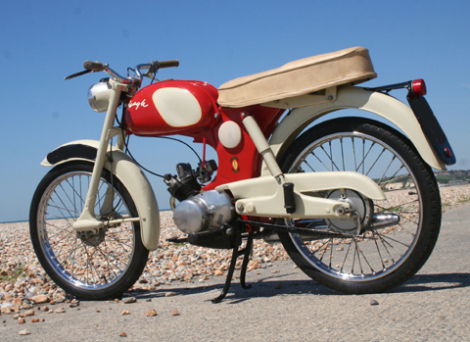
They did some great bikes… plus some shocking ones, too
Yes, there were plenty of BSA ‘great bikes’ – the Gold Star, obviously, the Lightning, Rocket 3 and more, all usually with brilliantly evocative names, too. Then there was the BSA Beagle, a 75cc four-stroke commuter intended to compete with Japanese lightweights that was so flawed it ceased production in 1965 after barely a year. Or how about the BSA Dandy, an earlier commuter that faired a little better. Or the post-NVT collapse BSA Beaver, a 1979-81 trail bike powered by an Italian Morini two-stroke. None of these could be considered classic bikes today…

Hailwood rode for them. Twice
BSA aren’t particularly renowned for their road racing exploits but their combined (with Triumph) assault on the 1970/71 Daytona 200 is the stuff of legend, featuring no expense-spared teams of up to 10 riders, specially-built racers based around the new Rocket 3/Trident triples and an overall bill BSA/Triumph could scarcely afford. The end result, of course, was the Dick Mann victory in the 1971 race aboard the Rob North-framed Rocket 3. Less well known is that the victory came only at the second time of asking.
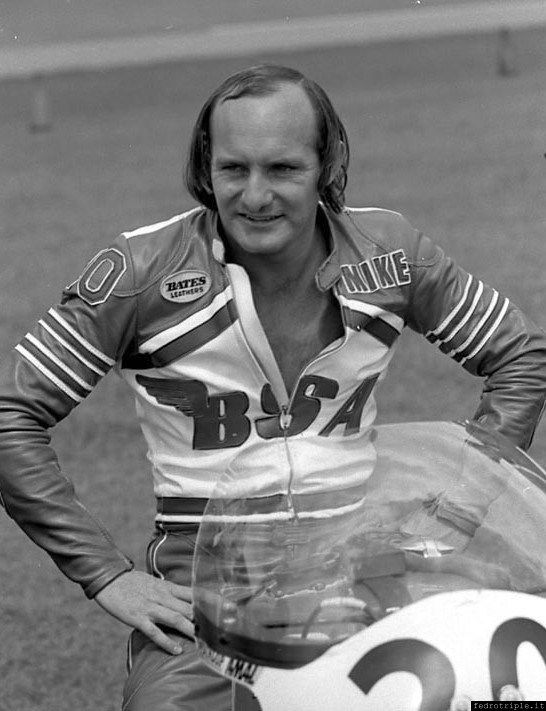
The first attempt, in 1970, came with riders Mike Hailwood (brought out of retirement) and American Jim Rice aboard BSAs (usual rider Mann being passed over) plus Gene Romero, Don Castro, Gary Nixon and Percy Tait aboard the Triumph version. It spectacularly backfired when Mann, instead riding Honda’s new CB750, won. Second time round, Mann was rehired for BSA alongside Hailwood, Rice, Don Emde and Dave Aldana with Romero, Castro, Nixon and newcomers Paul Smart and Tim Rockwood aboard the Triumphs…

